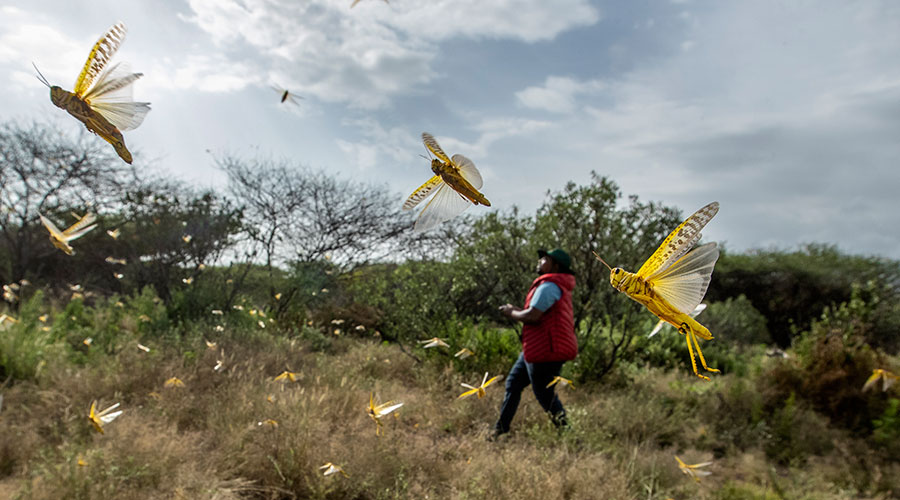

The biggest threat for this region is not the Corona Virus but the possibility of widespread hunger. Not because of lack of rain – only God knows we have had more than our share of recent – but a biblical fear factor; locusts.
Right now, swarms have ravaged Ethiopia and Somalia and are moving across Kenya and are now about 200 kilometres from Uganda and South Sudan.
To fully understand what is hanging over our heads, the swarm occupies about a tenth of Rwanda’s surface area with each square kilometre holding between 40 and 80 million insects that in one day can eat the same amount of food as 35,000 people!
As worrying as that might sound for food security, there is nothing much we can do except defending ourselves the best we can. We can even eat them as they are doing in Somalia and as suggested by the Burundian Minister of Agriculture as the first line of defence in case the locusts attack our southern neighbour.
But there is something we can do to stave off hunger, at least in the near future. During the recent heavy and deadly rains, one sight that everyone saw on our streets was that the rushing water was very muddy: It is the same colour as our rivers.
That is nothing more than the topsoil being swept away from our hills. In the past fighting soil erosion had been one of the main activities during Umuganda. People would rehabilitate gullies and trenches and erect new terraces.
Today Umuganda is used to perform other equally noble activities such as building houses for the poor or clearing bushes to eliminate mosquito breeding grounds. But in future, just before the rainy season, let us focus on saving our hillsides, otherwise, our hills will be bare and we will not have to worry about the locusts doing it for us.


